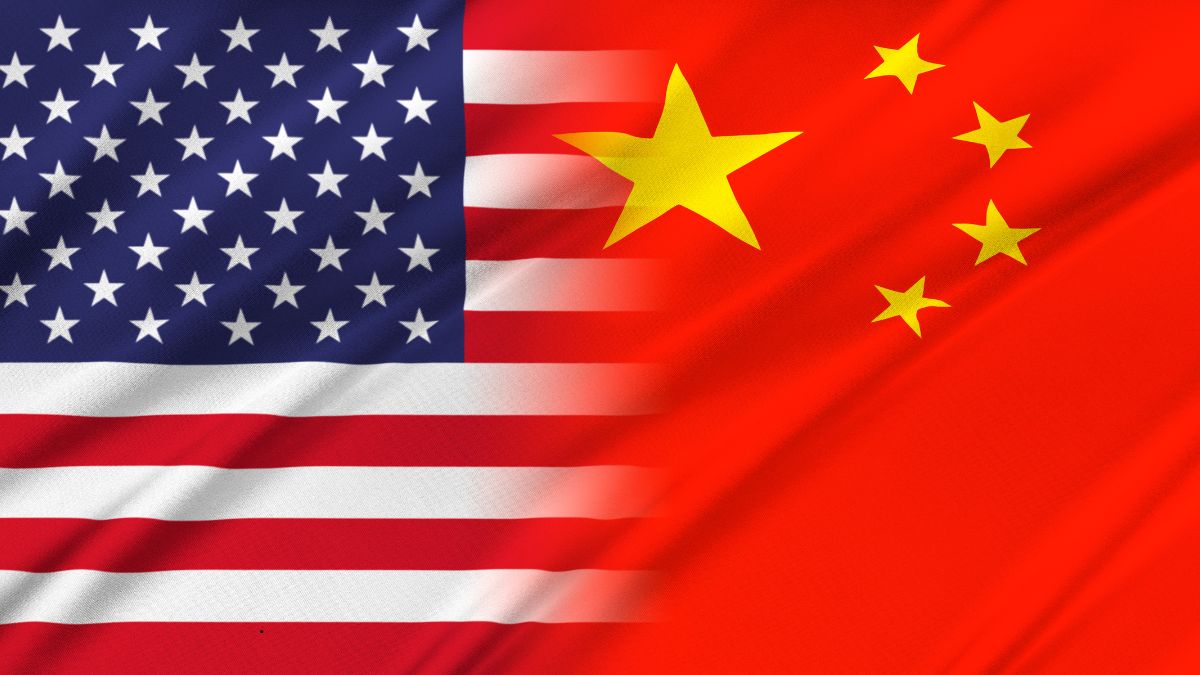U.S. President Donald Trump’s reciprocal tariffs on major trading partners officially came into effect at midnight ET on Wednesday, marking a significant escalation in global trade tensions. The most severe blow landed on China, with total U.S. tariffs on Chinese goods now soaring to 104%, following a last-minute 50% hike after Beijing retaliated.
Other major economies also face steep new duties:
- European Union – 20%
- Japan – 24%
- Vietnam – 46%
- South Korea – 4%
- Taiwan – 3.6%
The tariffs form part of Trump’s broader push for “trade fairness,” targeting countries with large trade surpluses against the U.S. A baseline 10% tariff on all imports had already been enforced last week, along with a 25% tariff on automobile imports.
Trump, speaking at a Republican dinner Tuesday night, also revealed plans for a new major tariff on pharmaceutical imports, expected “very soon.” Defending his actions, the President claimed the tariffs are generating $2 billion in daily federal revenue, and brushed off concerns about them being a tax burden on Americans.
However, economists warn that the cost of tariffs will largely fall on U.S. companies and consumers, adding to inflationary pressures. Financial markets have reacted nervously, with recession risks rising and the Federal Reserve expected to slash rates more aggressively to counter the economic fallout.
Trump’s aggressive trade stance has prompted more than 50 countries to seek negotiations, although China and others are preparing retaliatory measures. Japan has already dispatched a delegation to Washington this week to open talks.
As the new tariffs ripple through global supply chains, markets and policymakers worldwide brace for the broader economic consequences.


